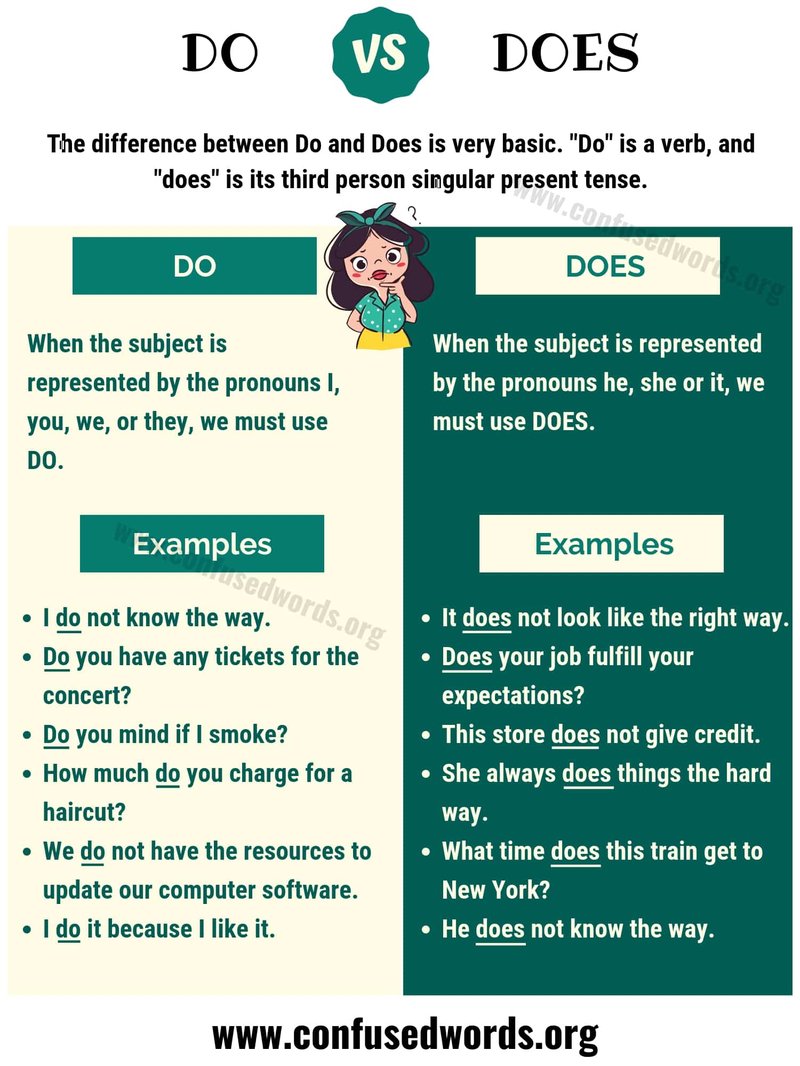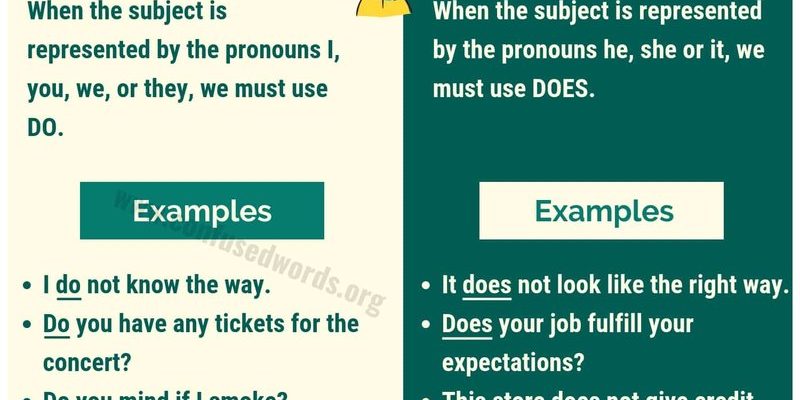
Imagine your refrigerator as a complex machine with many components working together to keep your food fresh. The error code LE is a signal from your refrigerator saying, “Hey, something’s not quite right with the fan motor!” In simpler terms, it’s akin to your car’s dashboard light coming on, signaling that it needs an oil change. It’s your fridge’s way of indicating that there’s an issue with the fan motor—something that plays a crucial role in circulating cold air inside your refrigerator.
But don’t fret! Just like deciphering a text from a friend with a confusing emoji, understanding the LE error is half the battle. In the following sections, we’ll break down what causes this error, the consequences of ignoring it, and how you might be able to fix it yourself with a few steps.
Understanding the LE Error Code
The LE error code on your Samsung refrigerator usually indicates a problem with the fan motor, specifically the evaporator fan motor. Think of this fan as the little engine that could—its job is to ensure air is evenly distributed throughout your fridge and freezer sections, keeping everything cold. When this fan isn’t working correctly, your fridge might struggle to maintain the right temperature, just like trying to stay cool on a hot day without a breeze.
You might be wondering, how does a fan motor issue crop up? Well, there are a few common causes. One possibility is ice buildup around the fan, which can occur if the door is left open too long or if there’s a problem with the defrost system. This ice acts like a roadblock, preventing the fan blades from spinning freely. Another potential cause could be a loose or damaged wire connection, much like when headphones don’t work because of a frayed cord. Lastly, the issue might stem from a faulty fan motor itself—like an old desk fan that just quits working after years of service.
So, what happens if you ignore this error code? Simply put, it could lead to bigger problems. A malfunctioning fan means poor air circulation, which can result in uneven cooling or, worse, spoiled food. It’s the equivalent of trying to chill a warm drink without any ice—it just doesn’t work well. So tackling this issue sooner rather than later is a smart move.
How to Troubleshoot and Fix the LE Error Code
Now that you understand what might be causing the error, let’s walk through some troubleshooting steps. Think of this as a little checklist to help you solve the problem, like following a recipe to bake a cake.
First, check for any visible ice buildup. To do this, you’ll need to unplug your refrigerator and take out any shelves and drawers blocking your view. If you spot ice around the fan area, you can try to remove it carefully using a hairdryer on a low setting—kind of like defrosting a car windshield in winter. Ensure you don’t get too close, and keep the hairdryer moving to avoid damaging any plastic parts.
If there’s no ice and the problem persists, it’s time to inspect the electrical connections. Carefully remove the cover around the fan motor and check for any loose wires or connections. Think of this step like tightening a loose doorknob—it’s quick but can make a big difference. If something seems amiss, you might need to call a professional to safely handle any repairs.
Finally, if these solutions don’t work, consider replacing the fan motor. This step is more advanced, and if you’re not comfortable with it, there’s no shame in calling a professional technician to help. It’s like knowing when to call a mechanic rather than trying to fix your car yourself—sometimes it’s best left to the experts.
Preventing Future LE Error Codes
Once you’ve resolved the issue, it’s helpful to know how to prevent such problems from cropping up again. The key here is maintenance and vigilance. Just like performing regular oil changes to keep your car running smoothly, a few routine practices can keep your refrigerator in top shape.
First, ensure that the refrigerator door seals are in good condition and close tightly. This step is crucial because it prevents warm air from entering the fridge, which can lead to unnecessary ice buildup. Imagine trying to stay cool in your house when all the windows are open—a tight seal makes all the difference.
Secondly, avoid overstuffing your refrigerator. Air needs room to circulate, much like how spreading out on a sofa makes it easier to relax. When your fridge is too full, air can’t flow properly, leading to uneven cooling and potential issues with the fan motor.
Lastly, schedule regular maintenance checkups. Consider it like a health check for your fridge—occasionally having a professional inspect it can catch potential problems before they become bigger headaches. By taking these steps, you not only extend the life of your refrigerator but also reduce the chances of seeing that pesky LE error code again.
In conclusion, while an LE error code might seem daunting at first, understanding its meaning and how to address it can quickly put your worries to rest. With a little time and effort, you can have your refrigerator running smoothly once again and ensure your food stays perfectly chilled.
